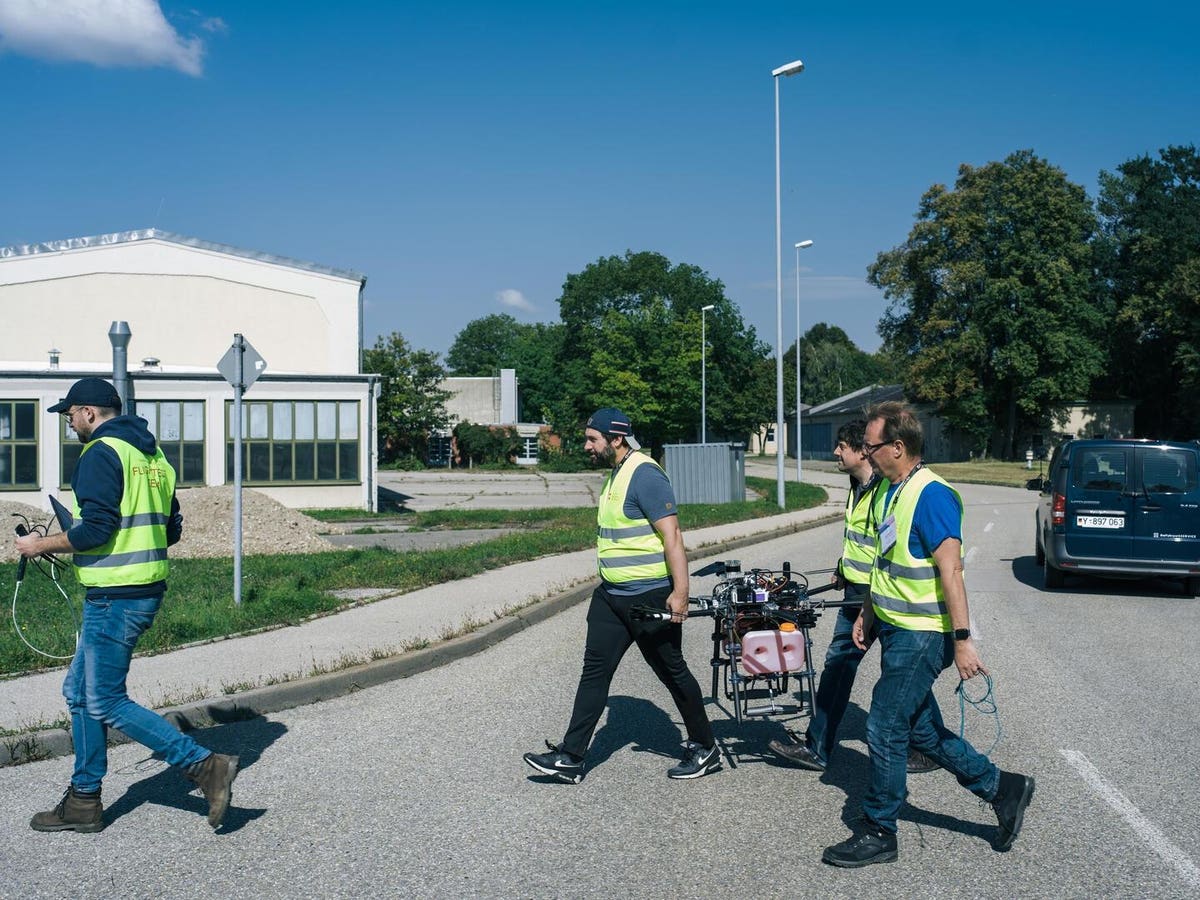Paul Deraval, Cofounder & CEO of NinjaCat, is a software veteran with 20+ years driving innovation in martech, AI and agency growth.
For decades, businesses have embraced the concept of a “technology stack” in their IT strategies, aiming for seamless integration of data ingestion, storage and analysis.
While the promise of plug-and-play solutions was alluring, the reality for most has been far less idyllic. The modern stack is overly complex, born from cobbling together niche solutions to meet broader demands. With enterprise-class AI becoming widely available, many businesses are now being forced to confront the monster their IT Frankenstack has become.
The Reality Of Frankenstacks: Heavy Investment, Low Payoff
Tech stack investments are meant to drive efficiency and insights, yet many organizations have failed to meet those goals. Why? Gartner’s data strategy trends emphasize that poor data integration remains one of the biggest challenges to delivering on these promises.
Agencies and enterprises alike have invested heavily in upgrading analytics platforms, CRM systems and social tools in pursuit of greater efficiency. But simply replacing components of the stack doesn’t address core issues around data visibility, scalability and maintenance. Instead of breaking down silos, most platforms only compound the problem, spreading more data across disconnected pools.
With AI entering the equation, that fragmentation becomes more than a nuisance; it becomes a blocker. Among the over 500 marketers NinjaCat recently surveyed, 57% cited technical integration as one of their top challenges in AI implementation, often due to fragmented or outdated components. Even the most advanced AI tools can’t deliver insights if they’re built on top of a shaky, siloed foundation.
That’s the scalability issue at the heart of “Frankenstacks,” a tangled mess of point solutions stitched together over time. They demand an ever-growing share of resources just to stay operational, often turning teams into servants of their platforms or the stack as a whole.
Rather than enabling humans to become superusers, as many vendors promise, the complexity of modern stacks leads to bloated maintenance burdens, pulling even dedicated IT teams away from strategic initiatives.
More Platforms, More Problems: What AI Needs To Actually Work
As digital transformation pressures mount, enterprises are expected to leverage technology that drives revenue, reduces costs and mitigates risk. But to keep pace, many IT teams rely on quick fixes, band-aiding problems with more tools in hopes that one might finally serve as the “all-in-one” solution.
Marketing organizations, for instance, have poured resources into upgrading performance analytics tools, media buying platforms and dashboards in search of efficiency gains. But swapping one tool for another rarely solves the deeper issues of fragmentation, scalability and visibility. Instead of unifying insights, many tools only add to the noise, spreading campaign metrics and performance data across disconnected systems.
The disruptive power of AI isn’t in stitching together fragmented data, it’s in what it can do once the data is unified. Even by structuring and contextualizing data from just a few tools within a larger 10-platform stack, organizations can unlock insights that were previously out of reach. Without a solid data foundation, AI becomes just another layer in an already messy stack.
For leaders who haven’t realized meaningful AI value, this should be the “aha” moment.
True scalability doesn’t come from faster software alone; it comes from reducing friction between teams, tools and data. While attention has gone to flashy AI features, the real disruption starts with centralized data. With data harmony, AI can drive tasks, surface insights and accelerate decision-making like never before.
Evaluating Paths Forward: AI-Native Platforms Vs. Incremental Modernization
The future of enterprise IT may not lie in simply adding more tools atop brittle infrastructure. Instead, some organizations are exploring AI-native platforms, designed from the ground up to work with unified, structured data, as a potential alternative to fragmented systems. These platforms embed intelligence at the data layer, offering greater adaptability and automation.
That said, AI-native isn’t the only path forward. Some businesses are improving performance by incrementally enhancing legacy systems with APIs, integration platforms-as-a-service (iPaaS) or modular cloud-native tools. These approaches can extend the life of existing investments while reducing disruption. However, they often come with trade-offs, such as increased integration complexity, slower deployment or limited AI scalability.
For decision-makers evaluating their options, the key question isn’t just “which platform,” but “what architecture enables the outcomes we need?” Whether that’s full AI-native adoption or hybrid modernization, clarity, control and clean data must remain at the center of the strategy.
AI may feel ubiquitous, but lagging adoption rates show many still treat it as a bolt-on feature instead of a foundational shift in strategy. For many, this pivot won’t be easy, but with AI emerging as a critical growth driver for the decade ahead, it’s a decision that must be prioritized.
Five Foundational Steps To Prepare For AI Transformation
For those who have decided AI is a crucial part of their tech strategy moving forward, the journey doesn’t begin with deployment; it begins with groundwork. AI can drive exponential gains in insight, automation and optimization, but only when paired with the right organizational and technical foundation.
Here are five key steps enterprises can take to prepare their stack and their teams for scalable AI transformation:
• Audit your current stack. Identify redundant tools, silos and manual workflows that add friction to decision-making.
• Prioritize use cases. Focus first on high-impact, repeatable processes where AI could unlock time savings or uncover insights.
• Unify and structure key data. AI performance depends on accessible data. Consider investing in lakes, warehouses or centralized pipelines to clean and connect sources.
• Evaluate platforms. Whether choosing AI-native systems or enhancing current tools, assess each option’s integration effort, governance, scalability and vendor lock-in risks.
• Plan for change management. Account for team training, internal alignment and governance policies. Even the best AI platform can stall without organizational readiness.
By laying this groundwork, enterprises can better determine if AI-native platforms are right for them or if a hybrid, incremental strategy is more appropriate. Either way, success isn’t only about adopting the most advanced tech. It’s about ensuring the foundation is ready to support it.
Forbes Technology Council is an invitation-only community for world-class CIOs, CTOs and technology executives. Do I qualify?









